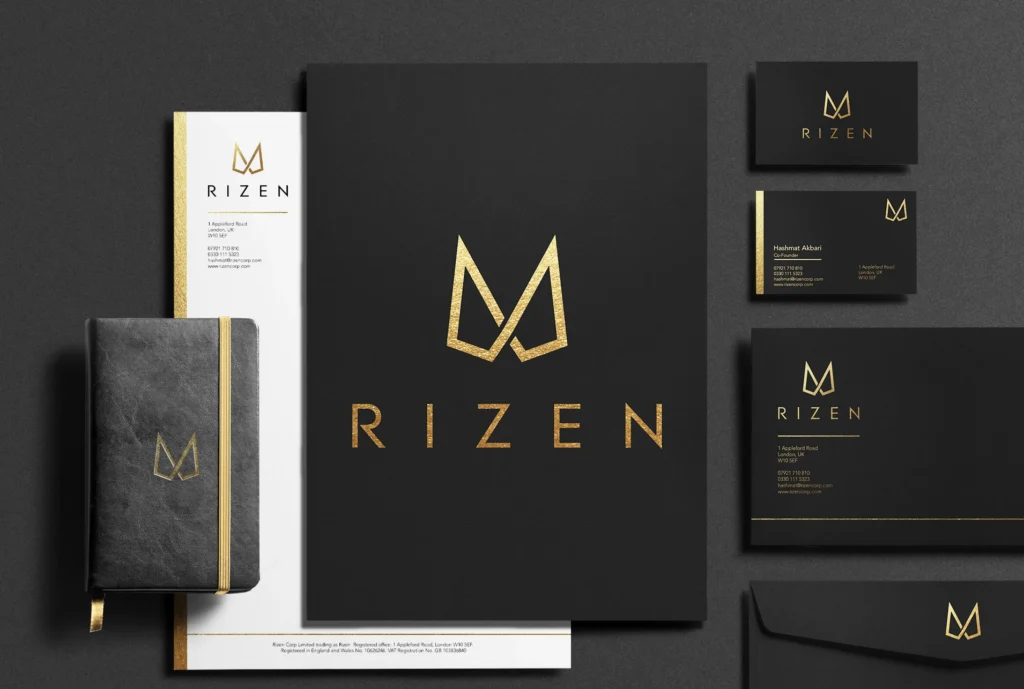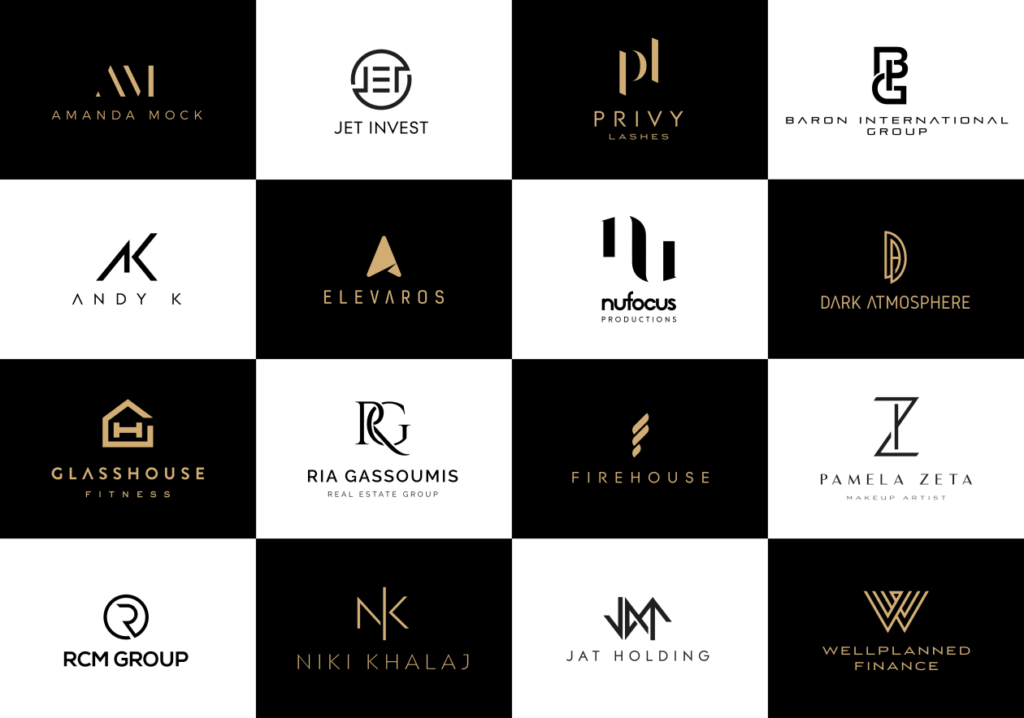Your logo is the cornerstone of your brand identity. It’s the visual representation of your business, the first thing people see, and it communicates a lot about who you are and what you stand for. A great logo can help you stand out from the competition, build brand recognition, and create an emotional connection with your customers. In this post, we’ll take a closer look at the art of logo design, and explore some key principles and best practices to help you craft a logo that truly represents your brand.

Keep it simple
One of the most important principles of logo design is simplicity. Your logo should be easy to recognize, memorable, and scalable. A complex logo with too many details can be difficult to read at small sizes, and may not translate well across different mediums. Simple logos are more versatile and can be used on everything from business cards to billboards.
Take the Nike swoosh, for example. It’s one of the most recognizable logos in the world, and it’s incredibly simple. It’s just a curved line, but it’s instantly recognizable and communicates a sense of motion and energy that’s in line with Nike’s brand values.

Make it relevant
Your logo should be relevant to your brand and industry. It should communicate something about who you are and what you do. For example, a law firm might use a logo that incorporates the scales of justice or a gavel, while a restaurant might use a logo that incorporates food or utensils.
When designing your logo, think about the message you want to convey and the values you want to communicate. Choose colors, shapes, and typography that are in line with your brand personality.
.

Choose the right colors
Color plays a big role in logo design. Different colors can evoke different emotions and convey different meanings. For example, red is associated with passion and energy, while blue is associated with trust and stability.
When choosing colors for your logo, think about the emotions you want to evoke and the message you want to communicate. Keep in mind that different cultures may interpret colors differently, so it’s important to research the cultural associations of different colors if you plan to use your logo internationally.

Use typography effectively
Typography is an important part of logo design. Your logo should be easy to read and the typography should be in line with your brand personality. Serif fonts, for example, convey a sense of tradition and stability, while sans-serif fonts are more modern and edgy.
When choosing typography for your logo, think about legibility and readability. Your logo should be easy to read at different sizes and in different formats. Avoid using more than two fonts in your logo, as this can make it look cluttered and hard to read.

Test your logo
Once you’ve designed your logo, it’s important to test it in different contexts. This will help you identify any potential issues with legibility, scalability, or color contrast.
Test your logo at different sizes, on different backgrounds, and in different formats. This will help you see how it looks in real-world applications, and make any necessary adjustments.

Be unique
Finally, it’s important to make sure your logo is unique. Your logo should be distinctive and memorable, and should stand out from the competition.
Avoid using clip art or stock images in your logo, as this can make it look generic and unoriginal. Instead, work with a professional designer to create a custom logo that truly represents your brand.
In conclusion, your logo is a critical part of your brand identity. It should be simple, relevant, and unique, and should communicate your brand values and personality. By following these key principles and best practices, you can create a logo that truly represents your brand and helps you stand out from the competition.
Remember that your logo is just one part of your overall brand identity. It should be consistent with your brand messaging, tone, and style. When designing your logo, think about how it fits into your overall brand strategy, and how it can help you build a strong and memorable brand.
At the end of the day, the art of logo design is all about creating a visual representation of your brand that resonates with your target audience. By following these principles and best practices, you can create a logo that is both visually appealing and effective in communicating your brand values and message.
So, take the time to invest in your logo design and work with a professional designer like Bronza we are the best logo designers in Mexico, who can help you bring your brand vision to life. With a great logo and a strong brand identity, you can build a powerful brand that resonates with your audience and drives long-term success for your business.

- Mexican logo design company.
- Top logo design agency in Mexico.
- Professional logo design Mexico.



